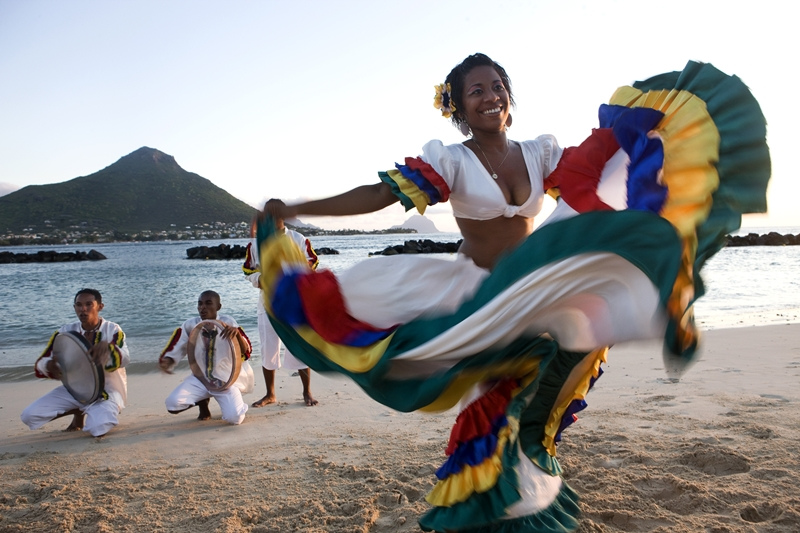
Mauritius is a small island found in the Indian Ocean, off the East coast of Africa, right next to Madagascar. Does that make it a tropical paradise island? Yes! Let me just give you some examples…
- There are only two seasons in Mauritius; Summer and Winter (but we shall call the latter “Not Quite Summer” as, you would have guessed, it’s almost as hot as in Summer!)
- The People…With its 1.3 million inhabitants, Mauritius is an amazing rainbow of cultures and traditions. The way people cook, dress, speak and live is all different. You might think that it’s not a big deal but Mauritians all live in peace and harmony, despite their differences, almost like a big happy family. We don’t always agree with one another but we have been raised to accept the other and to learn from the other.
- Now, let’s talk about THE Beaches; They are simply G-o-r-g-e-o-u-s! White sandy beaches, blue lagoons, breathtaking marine life and let’s not forget the awesome sunsets. I didn’t mean to make you jealous, I promise.
I could go on and on and on and, mind you, this is exactly what I’m going to do. But first, I’ll tell you a bit more about the Economy, the Politics and the History of Mauritius.
A quick overview of the Mauritian Economy:
The Economy of Mauritius has constantly changed and grown over the last decades. The monoculture of sugarcane has been dominant for more than a century, followed by the tea cultivation. However, since some time, boosting sectors such as Tourism, IT and Software and even Residential Property have grown immensely. Oh, and our currency is the Mauritian Rupee.
Politics:
The Republic of Mauritius is a democratic state and is also a member of the British Commonwealth. Mauritius elects its President through the National Assembly but the person that rules and governs the country is the Prime Minister. General elections are held every 5 years to vote for a new Prime Minister.
A bit of History…
It has been frequently said that Arab sailors were the first to discover Mauritius during the 15th Century and that the Portuguese visited the island some decades later. In 1598, the Dutch came into scene quite by accident when a violent storm struck Admiral Van Warwick’s ship in the Indian Ocean. This is when Mauritius has been named after a Dutch ruler, Moritz Van Nassau, Prince of Orange at that time.
The Dutch only settled on the island in 1638 and they stayed until 1710. They introduced sugarcane to Mauritius, as well as stags and pigs but sadly contributed to the extinction of the well-known Dodo. Due to its small wings, the dodo was unable to fly and was thus an easy prey to hunters.
After the Dutch left the island in 1710, Mauritius has shortly hereafter been colonised by the French. In 1735, with the arrival of the French Governor Mahé de Labourdonnais, Mauritius, which had been renamed “Ile de France” by then, has started to experience an effective development. Roads, hospitals and more buildings were being built. But an important thing to mention at this stage is that the expansion of the island at that time would not have taken place so rapidly without the huge contribution of slaves. They were brought mostly from East Africa.
The British took possession of the island in 1810 and “Ile de France” was soon back to being called “Mauritius”. As slave trade had become illegal in all British colonies in 1808, slavery was prohibited on the island yet was still going on to help in the further development of the agricultural sector. Slavery was abolished in Mauritius on the 1st of February 1835.
In the next blog, be prepared to learn more about the fascinating places of interest in Mauritius! I’ll also be telling you more about the different lifestyles of Mauritians.
Image Source: Samovar Incentive